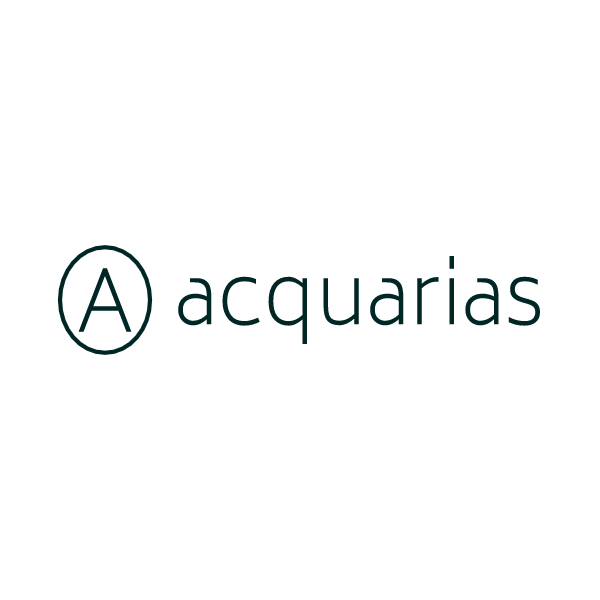8. Can we choose the materials used in the air water generators OEM?
/Yes, in an OEM (Original Equipment Manufacturing) relationship, the purchasing company typically has a significant amount of control over the materials used in the production of the air water generators. This is one of the advantages of an OEM arrangement, as it allows the purchasing company to tailor the product to fit specific needs or preferences. However, the ability to choose materials is not without its complexities and considerations.
1. Cost Considerations:
Different materials come with different costs. Higher-quality materials typically come with a higher price tag. The choice of materials can significantly impact the overall cost of the air water generator, which in turn affects the retail price and the profitability of the product. It's important to strike a balance between quality and cost to ensure a competitive and profitable product.
2. Performance Considerations:
The materials used can significantly impact the performance of the air water generator. For example, using a different type of metal in the condensation unit could affect the efficiency of the condensation process. Using a different type of filter material could affect the purity of the water produced. It's crucial to understand the performance implications of any changes in materials.
3. Regulatory and Safety Considerations:
Certain materials might be required to meet regulatory standards or safety guidelines in different markets. For example, materials used in the storage tank need to be food-grade and should not leach any substances into the water. Any changes to the materials used should be in compliance with the relevant regulations.
4. Environmental Considerations:
There is an increasing focus on the environmental impact of products, including their manufacturing process. This includes the materials used in the product. Some materials are more environmentally friendly than others, and choosing such materials could make the product more appealing to environmentally-conscious consumers. However, these materials may come with higher costs or other trade-offs.
5. Supply Chain Considerations:
The availability and lead times for different materials can vary. This could affect the manufacturing timeline and the ability to scale up production. It's important to ensure that the chosen materials can be reliably sourced in the necessary quantities.
6. Branding and Aesthetic Considerations:
The materials used can also affect the look and feel of the product, which can be an important part of the product's brand. For example, a high-end brand might choose premium materials to convey a sense of luxury, while a budget brand might choose more affordable materials.
In conclusion, while the ability to choose the materials used in the air water generators is a significant advantage of the OEM model, it's a decision that should not be taken lightly. It involves careful consideration of various factors, including cost, performance, regulations, environmental impact, supply chain logistics, and branding. A clear understanding of these factors, along with a strong partnership with the OEM, can help in making informed decisions that lead to a successful product.

